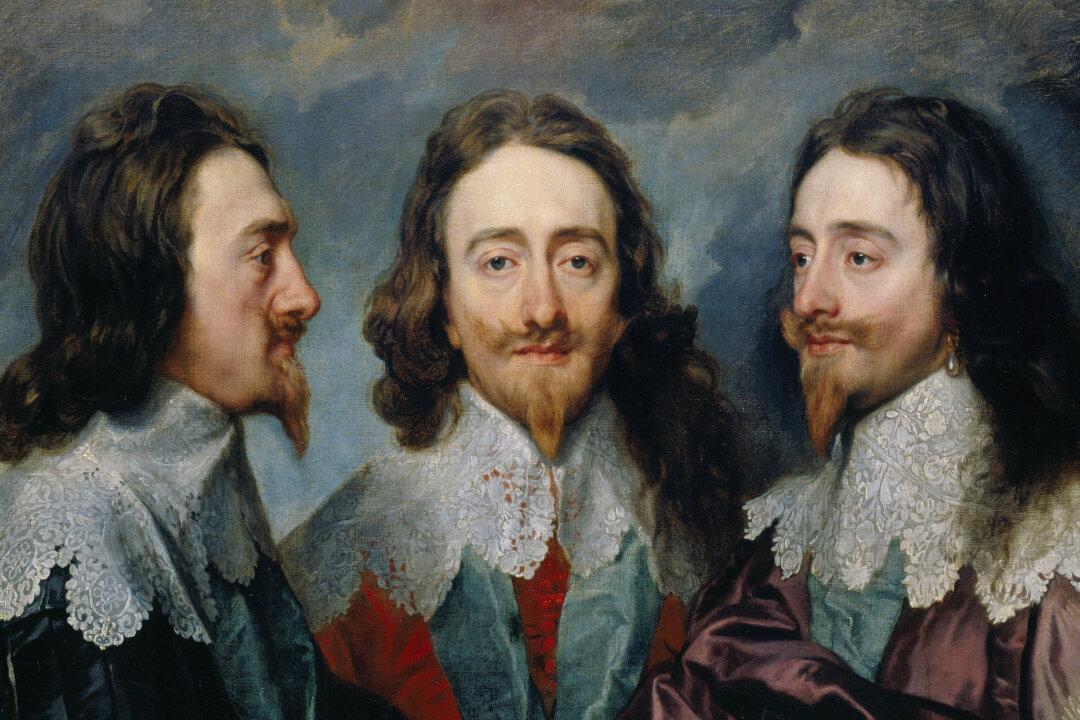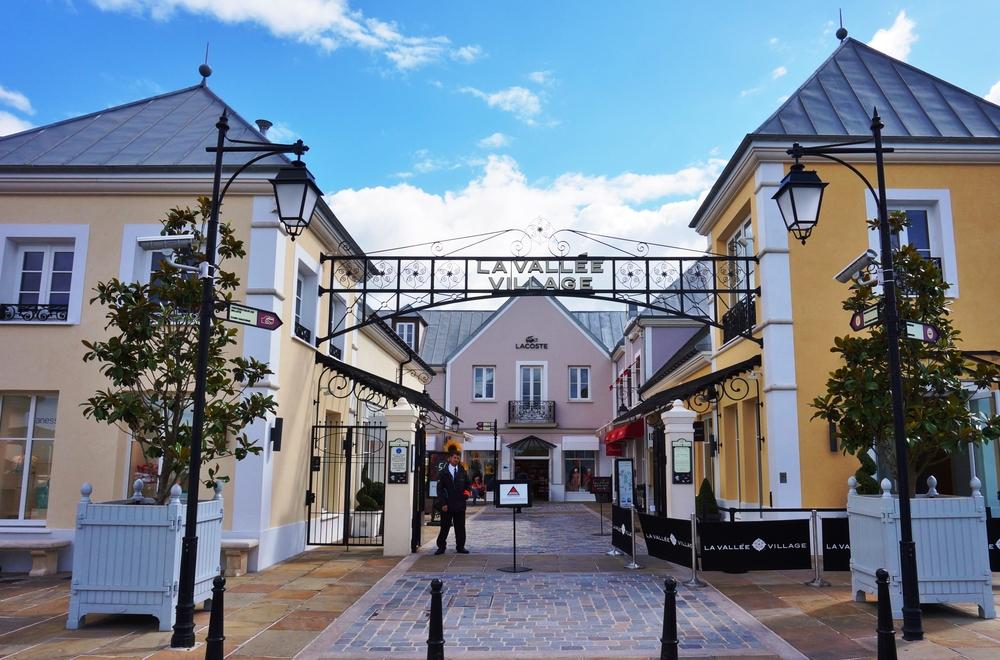In 1636, Gian Lorenzo Bernini received an unusual painting—Anthony van Dyck’s “Charles I in Three Positions.” In the center, the king faces forward. To either side, he is depicted in full and in three-quarter profile. An eccentric demonstration of talent? A whim? No. The painting is a highly unconventional means of preparing to sculpt a bust commissioned by history’s greatest royal art lover.
King Charles I of England is almost as famous as a patron of the arts as he is for his role in the country’s civil war. He particularly favored the Flemish painters Sir Peter Paul Rubens and Anthony van Dyck, as well as the English architect Inigo Jones. But that’s not the whole story. Charles I was more than a connoisseur’s connoisseur. His devotion to beauty transformed England into a center of European artistic life.





